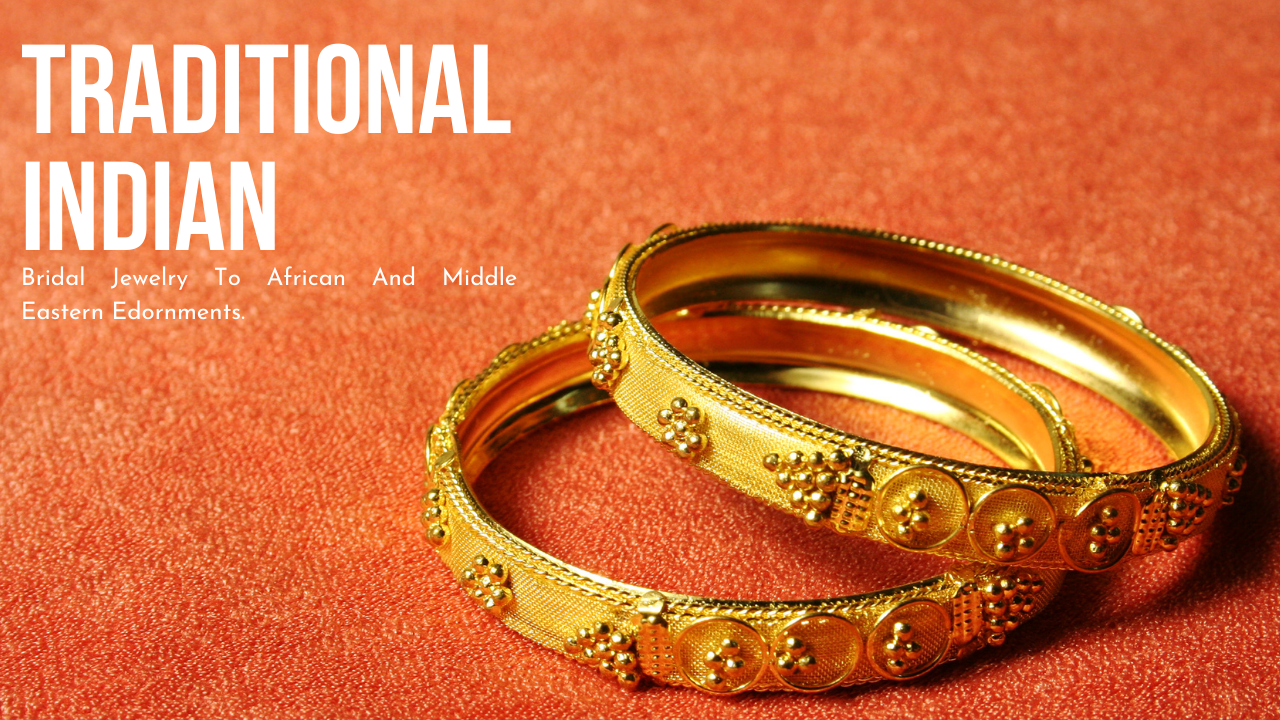Introduction
Bangles are more than just accessories—they are a testament to the art and skill of craftsmanship. From vibrant glass bangles in India to intricately carved metal designs in Africa, the process of creating bangles is steeped in tradition and artistry. This blog takes you behind the scenes to explore the materials, techniques, and passion that go into making these iconic adornments.
1. Glass Bangles: A Legacy of Elegance
Glass bangles are synonymous with Indian culture, and their creation is a mesmerizing process that involves skillful artistry.
- Materials Used: Colored glass rods are the foundation.
- Crafting Process:
- Glass rods are heated in furnaces until molten.
- The molten glass is shaped into thin tubes and molded into circular bangles.
- Designs are etched or painted onto the surface for decorative flair.
- Interesting Fact: The sound of glass bangles clinking is considered auspicious in Indian traditions.
Where to Buy: Explore a wide collection of traditional glass bangles at Valayal.com.
2. Metal Bangles: Strength Meets Artistry
Metal bangles are created using a combination of traditional techniques and modern tools.
- Materials Used: Gold, silver, brass, and copper.
- Crafting Techniques:
- Hammering and Casting: Molten metal is poured into molds or shaped by hammering.
- Engraving: Intricate patterns are carved or embossed by skilled artisans.
- Polishing and Plating: The bangles are finished with a shiny surface or additional coatings like gold plating.
- Cultural Significance: Metal bangles are often worn as symbols of prosperity and protection.
3. Wooden Bangles: Nature’s Touch
Wooden bangles are an eco-friendly option that highlights the beauty of natural materials.
- Materials Used: Ebony, sandalwood, and bamboo.
- Crafting Process:
- The wood is cut, sanded, and shaped into circular bangles.
- Artisans carve intricate designs or add embellishments like beads and paint.
- Popular Use: Wooden bangles are often worn as statement pieces or during cultural ceremonies.
4. Beaded Bangles: A Pop of Color
Beaded bangles showcase a vibrant and intricate process.
- Materials Used: Glass beads, gemstones, or clay beads.
- Crafting Process:
- Beads are threaded onto wires or strings to form bangle-like loops.
- The designs often feature bold colors and patterns representing cultural heritage.
- Artisanal Appeal: Many beaded bangles are handmade, making each piece unique.
5. Modern Techniques: A Blend of Tradition and Technology
While traditional methods remain popular, modern innovations have introduced new techniques in bangle-making.
- 3D Printing: Used to create intricate designs with precision.
- Laser Cutting: For engraving detailed patterns on metal or wood.
- Mass Production: Plastic and acrylic bangles are often machine-made, allowing for affordable options.
Why Craftsmanship Matters
The art of bangle-making is more than a craft; it’s a cultural legacy passed down through generations. By supporting handmade bangles, you contribute to preserving these traditions and the livelihoods of artisans.

